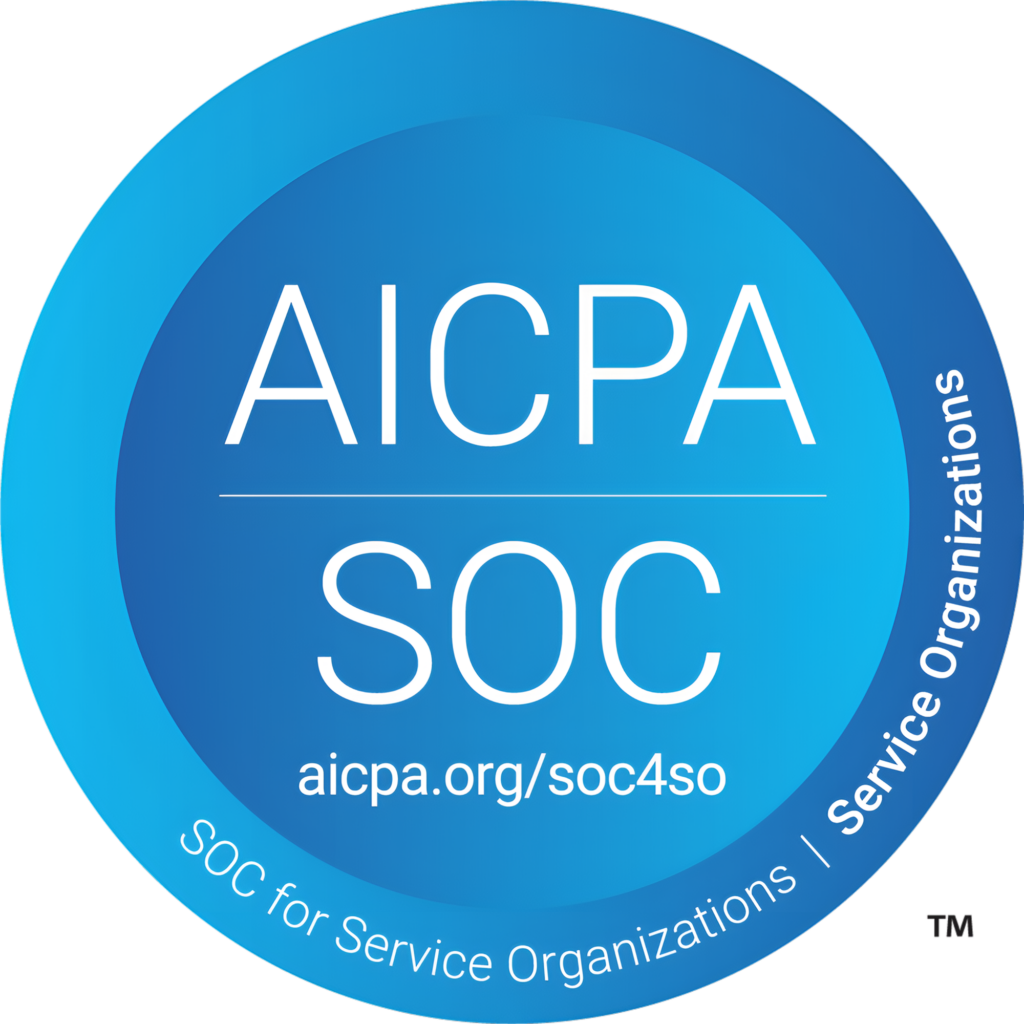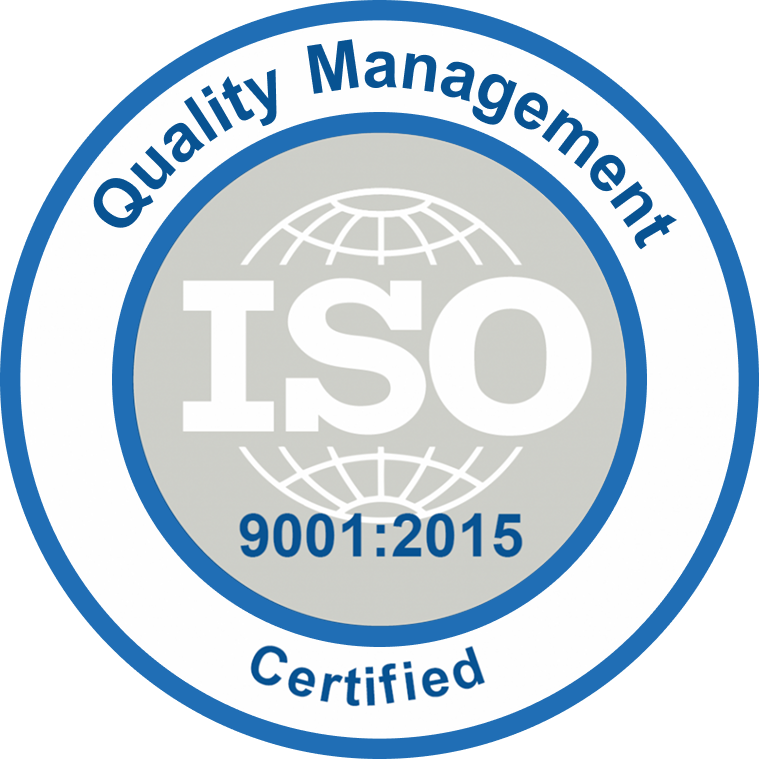Creating a PowerApps application that’s both efficient and user-friendly requires more than just technical knowledge—it’s about applying best practices that enhance performance, improve user experience, and ensure scalability. Whether you’re developing a simple tool or a complex business solution, following these key strategies can significantly optimize your apps.
1. Enable Loading Spinner for Galleries
Loading spinners help users understand that content is being loaded, preventing confusion or premature exits from the app. You can enable this by adjusting the Gallery panel’s settings. Under the Advanced tab, set LoadingSpinner.None to either LoadingSpinner.Controls or LoadingSpinner.Data based on your specific needs.
2. Use HTML Text for Over 20 Images
When your app requires the use of more than 20 images, inserting them via the Media panel can increase load times. A better approach is to embed these images as HTML text, which reduces the load time significantly. For instance, inserting 25 images using the Media panel may result in a 3-second load time, whereas using HTML tags reduces it to just 1 second. Simply go to Insert > Text > HTML text and enter “<img src=’INSERT HYPERLINK’>” in the formula bar.
3. Create Reusable Components
For elements that appear frequently, such as headers and footers, creating reusable components can save time and maintain design consistency across different screens or apps. To do this, navigate to the Tree view pane, select Components, and then choose +New component to start building your component.
4. Utilize the Concurrent Function for Nonsequential Formulas
When dealing with multiple formulas that don’t need to be executed in a particular sequence, the Concurrent function is your friend. It evaluates multiple formulas simultaneously, which can significantly speed up data loading in your app.
Continue Reading
5. Prioritize Delegable Calls
Some data functions are delegable, meaning they are processed on the server, which is generally faster and less resource-intensive. Non-delegable calls, however, require data to be downloaded and processed locally, which can slow down your app. Prioritizing delegable calls over non-delegable ones will enhance your app’s performance.
6. Implement IfError for Exception Handling
To ensure your app handles errors gracefully, use the IfError function. This function checks for errors in values and replaces them with valid data, ensuring that the rest of your calculations continue without interruption. Note that IfError is an experimental feature in PowerApps, so you’ll need to enable it under Settings > Upcoming features > Experimental.
7. Store Data Locally in a Collection
Reducing repeated calls to the data source can significantly improve your app’s performance. You can achieve this by storing data in a collection or using the Set function to cache data locally. This cached data can then be used throughout the app, minimizing the need to repeatedly query the data source.
8. Use Global Variables for Screen-to-Screen Information Sharing
To avoid dependency issues between controls across different screens, it’s advisable to use global variables or collections for sharing information. For example, instead of using ‘Gallery.selected.columnName’ across screens, store the value in a global variable with Set(galData, Gallery.selected.columnName) and use this variable wherever needed.
9. Opt for Combo Boxes Over Drop Downs
Combo boxes, which combine a search bar with a drop-down list, are more efficient for users, especially when dealing with long lists. They allow users to search or filter items by category rather than scrolling through extensive lists. Add a combo box by navigating to Insert > Input > Combo Box.
10. Apply Themes for Consistency
Themes are essential for maintaining a consistent design across your app. They define the design properties such as colors, fonts, and borders for controls and components. To apply a theme, simply go to the Home tab and select a theme from the Theme drop-down menu.
11. Minimize Code in the OnStart Property
To improve your app’s startup time and make the debugging process easier, limit the amount of code within the OnStart property. Instead, use the StartScreen property to manage complex, long-running formulas, which can otherwise slow down the initial loading of your app.
Conclusion
As technology continues to evolve, adhering to these practices will help you stay ahead in delivering robust and responsive PowerApps solutions.
Ready to elevate your PowerApps development? Partner with AVASOFT to leverage our expertise and transform your ideas into powerful, high-performing applications. Contact us today to discover how our solutions can help you optimize your PowerApps projects and drive success.

